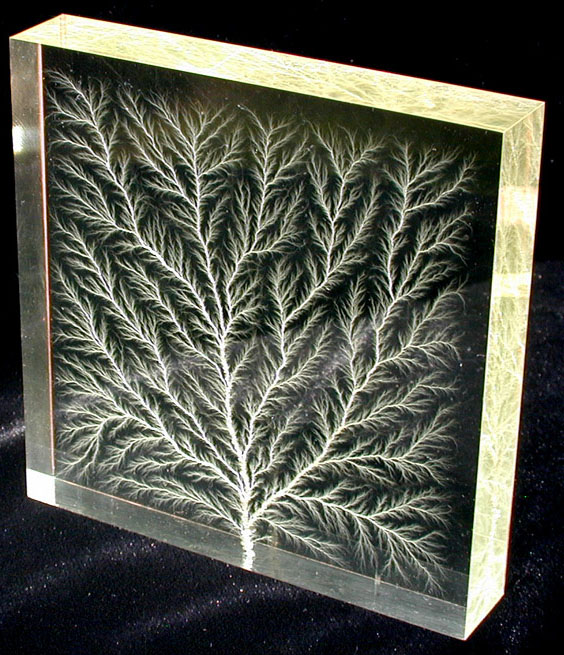Electrical conduction: non metals
Although the drude model works reasonably well for monovalent metals, it does not predict the properties of semiconductors, superconductors, or non-metallic conductors.
Superconductors and Semiconductors are best explained in their own TLPs.
Ionic conduction
For certain materials, there is no net movement of electrons, yet they still conduct electricity.
The mechanism is that of ionic conduction, whereby some charged ions can move through the bulk lattice (by the usual diffusion mechanisms, except with an electric field driving force).
Such ionic conductors are used in solid oxide fuel cells – though for the example of yttria stabilised zirconia (YZT), operational temperatures are between 500 and 1000 degrees C. Because they conduct by a diffusion like mechanism, higher temperatures lead to higher conductivity, the reverse of what the simple Drude model would predict.
Breakdown voltage
There is an important, and potentially lethal mechanism by which an insulator can become conductive. In air, it may be commonly recognised as lightning. Of note is that the mechanism can ionise the ‘insulator’, leaving it temporarily more conductive..
Gases are commonly ionised in domestic lighting devices. The most common are fluorescent tubes and neon lights.
To initially excite the mercury vapour in a fluorescent tube type light, a voltage spike exceeding the breakdown voltage is needed. This can be noticed when switching such a light on as a sudden ignition, with an associated radio interference spike. A faulty tube may not fully ionise, leading to only a small glow at the ends.

Under high voltages, even plexiglass may conduct. The temporarily ionised path is opaque on cooling, giving a Lichtenberg figure in this case. Image “Lichtenberg figure” by Bert Hickman
More information is available in the Dielectrics TLP page on breakdown

